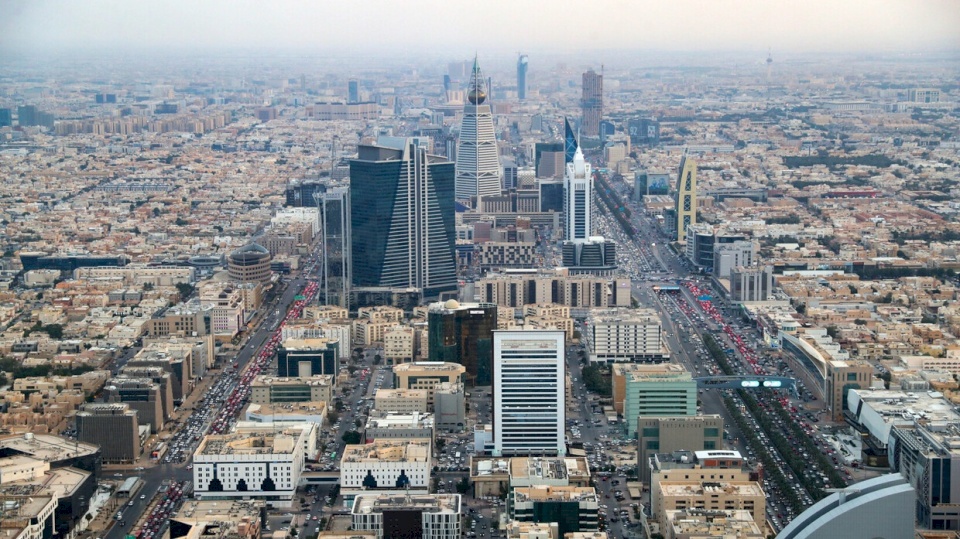
Fitch Affirms Saudi Arabia's Credit Rating at 'A+' with 'Stable' Outlook
SadaNews Economy - The credit rating agency ‘Fitch’ has affirmed the Kingdom of Saudi Arabia's rating at 'A+', with a 'Stable' outlook, based on the strength of the Kingdom's financial position both externally and internally.
The agency stated in a report that “the balance of the Kingdom's external public assets, along with the low level of sovereign debt, provides solid support for the rating,” noting that the net foreign sovereign assets will remain at a strong level of 35.3 percent of GDP by 2027.
This affirmation, which comes amid global economic challenges, reflects ongoing confidence in the strength of the Kingdom's financial position and its progress in implementing the ambitious 'Vision 2030' agenda.
The Importance of the Rating
The credit rating from ‘Fitch’ serves as a vital indicator for international investors regarding the creditworthiness of the state. The rating of 'A+' indicates a strong ability to meet financial obligations, with very low expectations for risks. This means that Saudi Arabia is considered an attractive destination for foreign investment, enabling it to borrow from international markets on better terms, thus supporting its massive development projects.
Major rating agencies - such as ‘Fitch’ - typically maintain a continuous evaluative view of global economies. Saudi Arabia's rating has seen gradual improvements in recent years, supported by ongoing efforts to diversify the economy and strengthen the public financial position. Maintaining the 'A+' rating with a stable outlook reflects the continuity of these reforms despite fluctuations in oil prices and geopolitical challenges.
Key Drivers Supporting the Rating
‘Fitch’ bases its rating on several key drivers:
- Financial Strength: Saudi Arabia possesses a very strong fiscal and external balance, with government debt as a percentage of GDP and net foreign sovereign assets being much stronger than the averages for the 'A' and 'AA' categories. Additionally, there are substantial financial reserves in the form of deposits and other public sector assets.
- Strong External Finances: Foreign reserves are expected to remain large compared to peer countries, estimated at about 12.8 months of current external payments by 2025. Despite increasing external borrowing and a shift in investment towards the domestic market, net foreign assets will remain a clear strength at 35.3 percent of GDP by 2027.
- Strong Economic Growth: ‘Fitch’ expects overall GDP to grow by 4.3 percent in 2025 and 4.7 percent in 2026, driven by increases in oil production. Non-oil growth is also expected to remain robust, averaging 4.5 percent during this period, supported by reforms and high capital expenditure from the government and related entities (GREs).
- Economic Diversification: The Kingdom's GDP has been recalibrated, with the 2024 GDP level adjusted upwards by 14 percent, nearly entirely due to a 28 percent increase in the non-oil private sector (which now accounts for 56 percent of GDP). Reforms and the financing associated with 'Vision 2030' continue to support diversification, including new reforms in 2025 such as opening land ownership to non-Saudis and implementing a new investment law.
- Resilience to Geopolitical Risks: Despite ongoing geopolitical risks in the Middle East, the conflicts in the region have not had a tangible impact on the strong economic activity in Saudi Arabia.
- Strength of the Banking Sector: Banking sector indicators remain strong, with a capital adequacy ratio of 19.3 percent and a non-performing loans ratio of 1.2 percent at the end of Q1 2025. Profitability is high due to strong credit growth and elevated net interest margins.
Challenges
‘Fitch’ anticipates a current account deficit of 2.9 percent of GDP for 2025 and a budget deficit of 4 percent due to declining oil revenues. It also expects the deficit to widen to 4.2 percent in 2026 with expected oil prices dropping to $65 per barrel.
Moreover, it expects government debt as a percentage of GDP to continue rising, reaching 29.7 percent by the end of 2025 and 35.1 percent by the end of 2027, owing to the fiscal deficit, although it remains well below the average of similarly rated countries.
Outlook
The ‘Stable’ rating is based on ‘Fitch’s’ confidence in Saudi Arabia's ability to address economic challenges, backed by its financial strength and the continued momentum of structural reforms under 'Vision 2030'. The deep economic and social reforms being implemented by the Kingdom aim to diversify economic activity and reduce dependence on oil, enhancing long-term economic resilience.

The Palestinian Economy at a Crossroads: 4 Files Awaiting Resolution

Consumer Price Index in Israel Decreased by 0.5% Last Month

مؤشر القدس يرتفع بشكل طفيف والبنوك الفلسطينية تعلن نتائجها المالية للربع الثالث 2025 بتباي...

Tulkarm: A "Cowardly Capital" Loses the Governorate Projects Worth Approximately One Billi...

Currency Exchange Rates Against the Shekel on Monday (December 15)

Palestine and France Sign Two Support Agreements for Projects to Reform the Water Sector W...

Sharp Decline in Consumer Goods Prices in Gaza Strip Last Month
